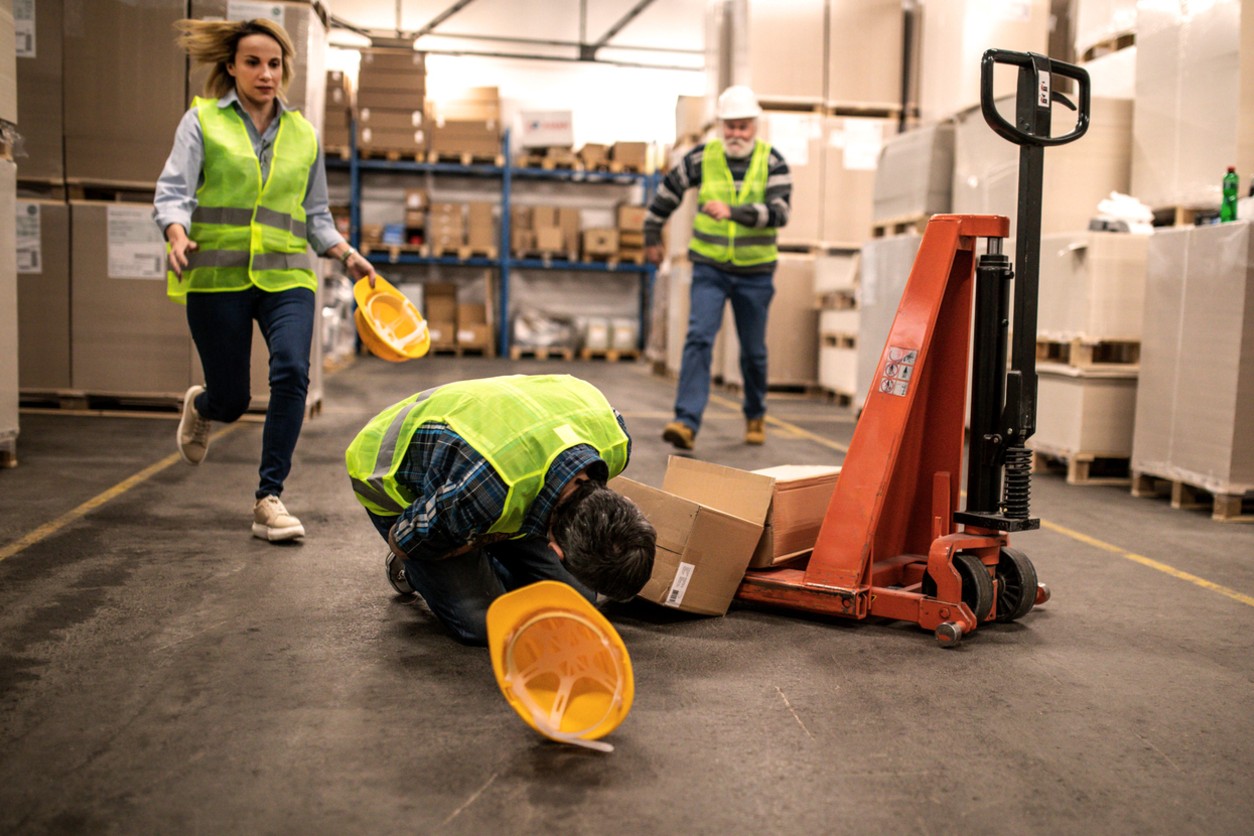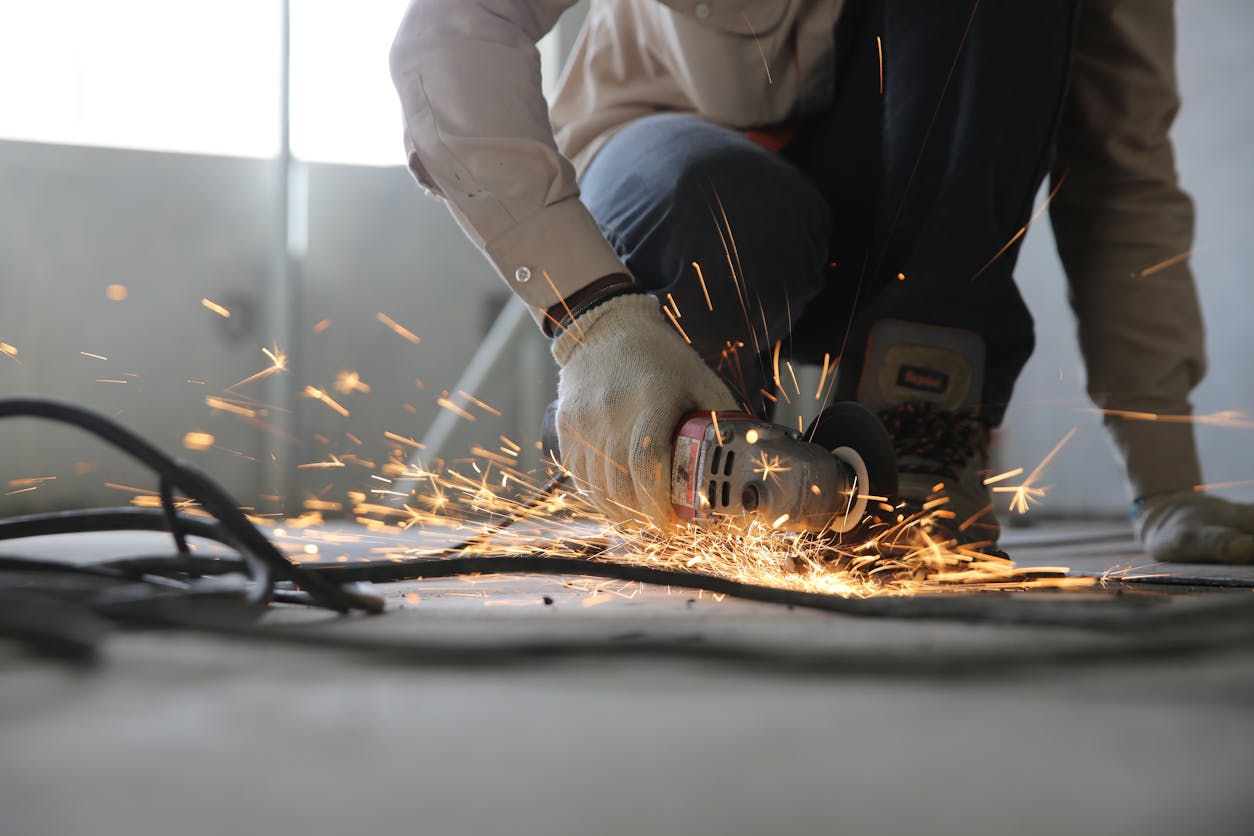Most businesses can point to their risk assessments, training logs and safety procedures with confidence. But safety on paper isn’t the same as safety in practice.
What people believe, how they behave, and the attitudes that guide their daily decisions – that’s what defines your safety culture. And if you’re not actively assessing it, you might be missing early warning signs of risk.
A safety culture audit goes beyond tick-box compliance. It’s a deep dive into how safety is understood, prioritised and acted upon across your organisation – and it can make the difference between a safe, engaged workforce and a hidden vulnerability.
Beyond the paperwork: why safety culture matters
It’s easy to fall into the habit of measuring safety in terms of paperwork: completed risk assessments, training tick-boxes, and policies on the intranet.
But culture is different. It’s not what’s written down – it’s what’s lived. It’s the decisions people make when no one’s watching. The shortcuts they take when they’re in a hurry. The things they don’t say out loud when something feels unsafe.
The Health and Safety Executive defines safety culture as the “shared values, beliefs, attitudes and behaviours” that shape how safety is managed in the workplace. And when that culture is weak – even if everything looks fine on the surface – it can create cracks that grow over time.
What is a safety culture audit?
A culture audit is a way of stepping back and asking: Are we as safe as we think we are?
It’s not just about compliance. It’s about connection – understanding how people feel about safety, how they engage with it, and what’s really happening on the ground.
The process can involve:
- Confidential staff surveys to understand attitudes and perceptions
- Observations of everyday behaviours, communication and teamwork
- Interviews or focus groups to hear from different roles and levels
- Reviewing documents not just for completeness, but for relevance and uptake
Done well, an audit reveals more than gaps – it highlights what’s already working, and where positive change can take root.
When should you audit your safety culture?
You don’t need a crisis to start asking questions. In fact, the best time to audit is often before anything has gone wrong.
We’ve worked with businesses across the UK – from office environments to schools and healthcare settings – where an audit has helped:
- Address rising concerns before they become incidents
- Support cultural change during periods of growth or restructuring
- Rebuild trust after a near-miss or formal investigation
- Give leaders insight they wouldn’t get from compliance data alone
And sometimes, it’s simply about aligning what’s on paper with what’s actually happening day to day.
What a weak safety culture looks like (and why it matters)
Culture is rarely all good or all bad – but there are common signs that something’s off:
- Staff feel unsure what’s expected of them, or reluctant to speak up
- Safety concerns get downplayed in favour of getting the job done
- Training feels like a formality, not a conversation
- Managers model inconsistent behaviour
- Issues get raised – but rarely acted upon
Left unaddressed, these patterns can lead to real harm. But they can also chip away at morale, retention, and performance. Because when people don’t feel safe or listened to, it affects everything.
The role of leadership and language
One of the biggest levers in shaping safety culture is leadership – not just what leaders say, but how they act.
Do your managers:
- Take part in safety walkarounds?
- Ask open questions about concerns?
- Praise positive behaviour, not just results?
These are subtle but powerful actions. They shape the tone. They tell people whether safety really is a priority – or just a poster on the wall.
The same goes for everyday language. Do people talk about “getting away with it” or “just being careful”? Do they understand the why behind the rules, or just follow them blindly?
Shifting the narrative is part of shifting the culture. And it starts from the top.
Turning insight into action
A culture audit is only the first step. What matters next is what you do with what you learn.
At The Health & Safety Dept, we help businesses across England and Wales not only identify where they are – but move forward. We work closely with you to:
- Understand the lived experience of your employees
- Spot the gaps between policy and practice
- Recommend simple, tailored actions you can take right now
- Support leaders in setting the tone, through language and behaviour
- Help embed change gradually – in a way that sticks
This isn’t about shaming or finger-pointing. It’s about creating a workplace where people feel safe, valued, and heard.
Why it’s worth it
Building a strong safety culture doesn’t just reduce incidents. It builds trust. It boosts morale. It creates clarity and consistency.
And crucially, it means that when something unexpected happens – your team knows how to respond, not just react.
Because safety isn’t a one-time fix. It’s a culture. And culture is something you nurture, not just enforce.
Ready to see your workplace more clearly?
Whether you’re already seeing the signs or simply want to strengthen your foundation, a safety culture audit can offer a clear, practical path forward.
We’ll help you see what’s really going on – and what to do next. No jargon. No drama. Just the insight and support you need to build a safer, stronger business.
Call us on 0345 872 3639 or get in touch with your local advisor at The Health & Safety Dept.











